#sika deer (cervus nippon)
Text
Yezo sika deer in Hokkaido, filmed by @yoshihiro_abiko
#OP says sika deer are under contract to Santa Claus#but this one's a bit stuck 😄#エゾシカ = yezoshika = yezo sika deer#also transcribed as ezo#Cervus nippon yesoensis#Hokkaido#Japan
735 notes
·
View notes
Text

Melanistic sika deer (Cervus nippon)
@ peterjoseph
444 notes
·
View notes
Text



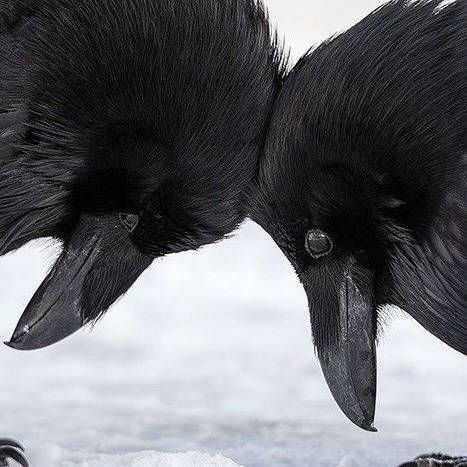
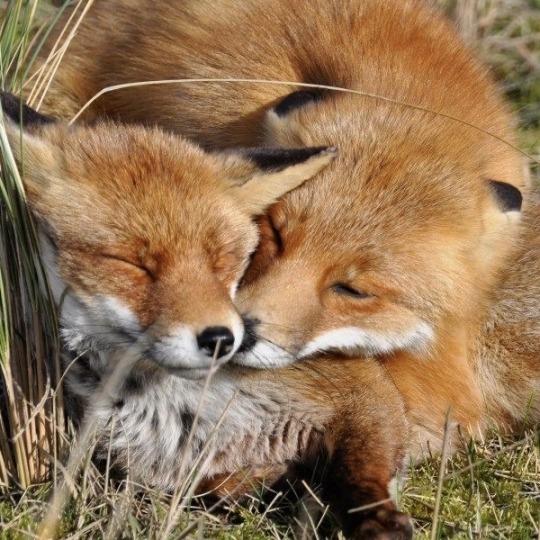

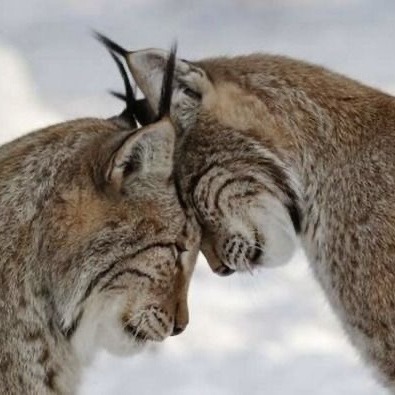


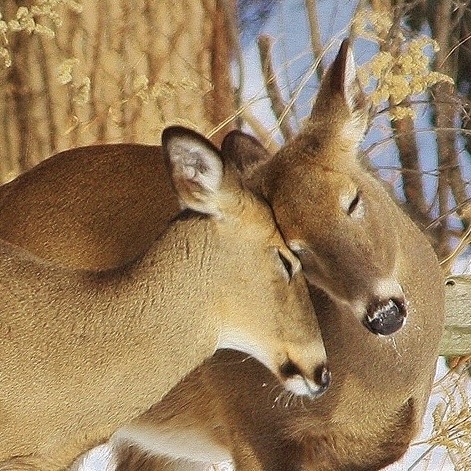
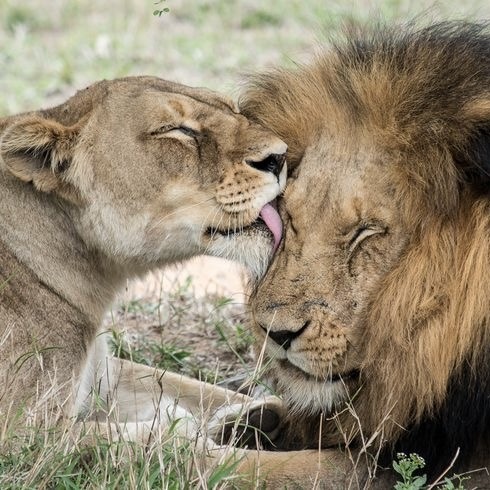

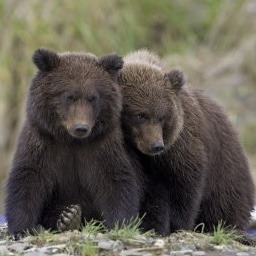


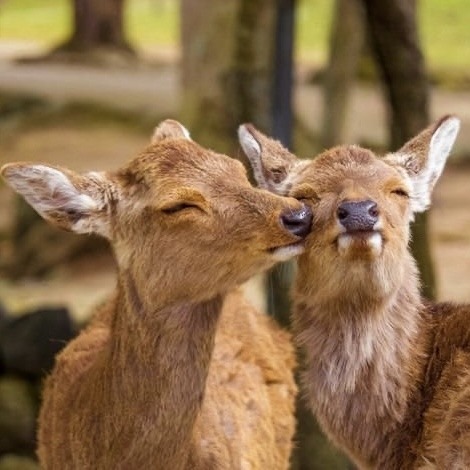


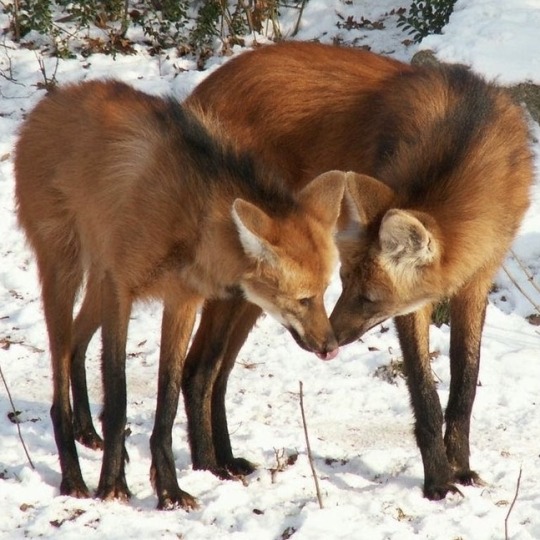


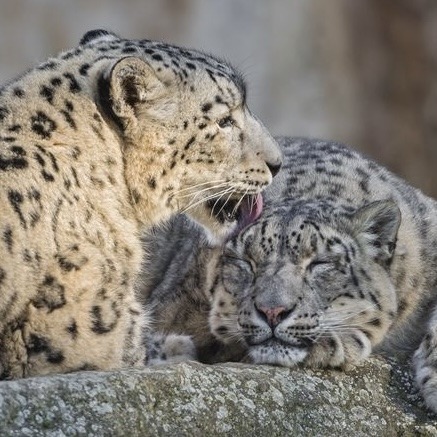
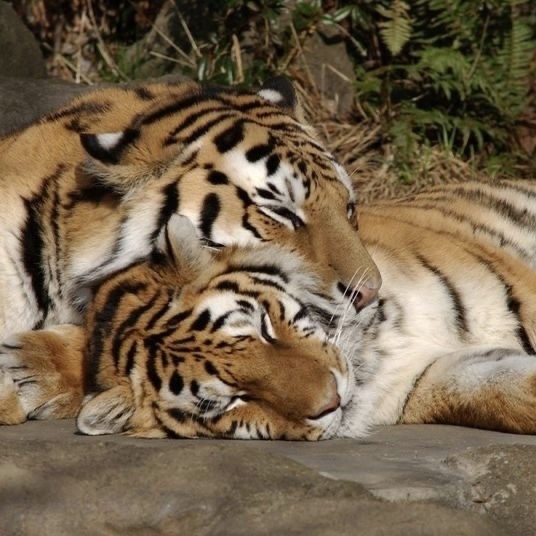
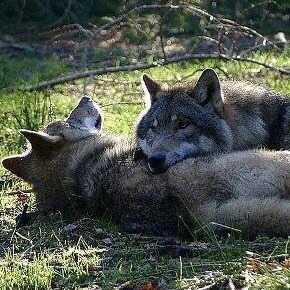
LOVE IS EVERYWHERE !
#most of these are familial btw ^_^#and the gay penguins#☆#🐯#ferret (mustela furo)#serval (leptailurus serval)#virginia opossum (didelphis virginiana)#common raven (corvus corax)#red fox (vulpes vulpes)#cheetah (acinonyx jubatus)#eurasian lynx (lynx lynx)#wolf (canis lupus)#ural owl (strix uralensis)#white-tailed deer (odocoileus virginianus)#lion (panthera leo)#sea otter (enhydra lutris)#brown bear (ursus arctos)#capybara (hydrochoerus hydrochaeris)#whale shark (rhincodon typus)#sika deer (cervus nippon)#king penguin (aptenodytes patagonicus)#domestic cat (felis catus)#maned wolf (chrysocyon brachyurus)#orca (orcinus orca)#harbour seal (phoca vitulina)#snow leopard (panthera uncia)#tiger (panthera tigris)
244 notes
·
View notes
Text




大型犬じゃないよ。ヤクシカだよ。とてもかわいい。
@伊豆アニマルキングダム
They are not large dogs. They are the smallest deer in Japan, inhabiting Yakushima. They are incredibly cute!
@Izu Animal Kingdom
#deer#mammal#Yaku Island Sika Deer#sika deer#ヤクシカ#伊豆アニマルキングダム#Cervus nippon yakushimae#Cervus nippon
116 notes
·
View notes
Text

Hokkaido sika Cervus nippon yesoensis
Observed by morten, CC BY-NC
45 notes
·
View notes
Text
Transgendered peruke stags occasionally occur in other species such as Sika Deer (Cervus nippon) – where they may have a female coat color – Roe Deer (Capreolus capreolus), and Fallow Deer (Dama dama). In addition, intersexual individuals combining the genitalia or reproductive organs of both sexes also occur in these species, as do Indian Muntjacs (Muntiacus muntjak) with a combined male-female chromosomal pattern (XXY).
"Biological Exuberance: Animal Homosexuality and Natural Diversity" - Bruce Bagemihl
#book quote#biological exuberance#bruce bagemihl#nonfiction#transgender#peruke#sika deer#cervus nippon#roe deer#capreolus capreolus#fallow deer#dama dama#intersex#reproductive organs#indian muntjac#muntiacus muntjak#chromosomes#xxy
0 notes
Text
shout out to the baby book that exists at my job with cute illustrations of different animals all labeled with their names (spelled correctly save for the unfortunate "raccoo"), including an adorable deer picture labeled "cervus nippon," the taxonomic name for the Sika deer.
#we have either got a very poorly translated baby book on our hands#or we are doing ai-generated baby books now#mine.
8 notes
·
View notes
Text

Deercember Day Eight: Nara Park Sika Deer | Picnic
The Sika Deer of Nara Park (Cervus nippon) are allowed to roam freely throughout its grounds, though the males' antlers are trimmed annually to reduce injuries. Sika deer are native to much of East Asia and have been introduced to other parts of the world. Previously found from northern Vietnam in the south to the Russian Far East in the north, it is now an uncommon species that has been extirpated in most areas of its native range, except in Japan, where it is overabundant and present in very large numbers. According to local folklore, sika deer from the area around modern day Nara Park were considered sacred due to a visit from a god. After World War II, the deer were officially stripped of their sacred status, and were instead designated as natural monument (天然記念物 Tennen kinenbutsu) and are protected as such. Today, visitors can purchase "deer-crackers" (鹿煎餅 Shika-senbei) to feed the deer in the park. Despite being a much beloved feature of the area and a considerable tourism draw, in 2016, a record number of 121 people were injured by the deer, and at least a further 164 people from 2017 to 2018. In April 2018, Nara city set up new signs in English, Chinese, and Japanese informing tourists that the deer are wild animals and to not tease them during feeding. More information here about sika deer, and here about Nara Park.
References: Deer, Trees.
#less happy about this one but you take what you get#if I just drew the deer they'd turn out better because I'd have more patience and skill to produce better overall results#but with the themes I find myself needing full backgrounds#I keep trying to remind myself this is not to create perfect pieces#but to consistently create something#even if I don't like it#Deercember#realHum#Art#Drawing#deer#deer art#sika deer#northern spotted deer#Japanese deer
5 notes
·
View notes
Photo

|| Sika Deer || The sika deer (Cervus nippon), also known as the Northern spotted deer or the Japanese deer, is a species of deer native to much of East Asia and introduced to other parts of the world. Previously found from northern Vietnam in the south to the Russian Far East in the north, it is now uncommon except in Japan, where the species is overabundant. #sikadeer #wildlife #photography #animals #iamnikon #zoo #nepal #pashupatinath #travel #ambujphotography #ambujkhanna #travelling #travelanimal #innocense #love #cute #brownanimal #horn #silky #spot #nature #sequence #texture #wildlifephotography #wild #animallovers #deer #india #japan #cervus #nippon #northern https://www.instagram.com/p/Cj9kn5tLJMl/?igshid=NGJjMDIxMWI=
#sikadeer#wildlife#photography#animals#iamnikon#zoo#nepal#pashupatinath#travel#ambujphotography#ambujkhanna#travelling#travelanimal#innocense#love#cute#brownanimal#horn#silky#spot#nature#sequence#texture#wildlifephotography#wild#animallovers#deer#india#japan#cervus
2 notes
·
View notes
Link
0 notes
Text
Deer of up North
There's lots of deer and I can't keep them straight, so here's a list of all deer species found in the subtemperate regions of the Northern hemisphere: Canada, northern Europe, Siberia. This list does not cover the many other deer species.
General deer facts
Deer are ruminants: even-toed ungulates that chew their cud. Yes, that means all true deer are kosher. They're all herbivorous (which means they'll eat meat only if they don't have to work hard for it). True deer are the family Cervidae, but some other species are called "deer" based on looks.
In almost all species, males grow and shed antlers once a year, and females lack antlers. Males also tend to be much larger than females.
Depending on species and region, a male deer is called a stag, buck, or bull; a female deer a doe, hind, or cow; a young deer a fawn or a calf. In French, the male is called the generic term for deer, un cerf; the female is une biche and the young un faon.
Deer are smaller than you expect, except moose, which are bigger. Most deer species have shoulder heights between 50 cm and 1 m. Deer on this list are on the larger side because they live in cold areas.
Most deer are polygynous, with one mating season (rut) per year. Males fight with their antlers over groups of females. Pregnancy is long, and most species have one fawn at a time.
There are 12 species of deer in the area I'm talking about. 11 are true deer, 1 is an impostor amogus.
Red deer (Cervus elaphus)
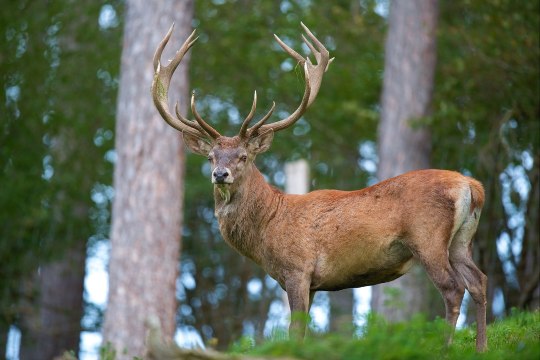
Stag red deer in a forest near Rochefort, Belgium. Photo by Luc Viatour, 2011.
Name in English: Red deer.
Name in French: Usually just cerf since it's the default European deer. Cerf élaphe if you're pedantic.
Lives in: Europe and Western Asia. Introduced in Australia, New Zealand, and South America.
Shoulder height: 1–1.3 m. Red deer are very big as deer go.
This deer is common in Europe, and often hunted and portrayed in art. It's rather social and forms herds. It lives in woods, and migrates to higher altitudes in summer.
Wapiti (Cervus canadensis)

Bull wapiti in Jasper National Park, Alberta, Canada. Photo by Membeth, 2019.
Name in English: In Europe, wapiti. In North America, elk. Ambiguity warning: in Europe, elk usually means moose (Alces alces).
Name in French: Exactly the same problem, with the cognate terms. In Europe, wapiti. In North America, élan. Ambiguity warning: in Europe, élan usually means moose (Alces alces).
Lives in: North America and East Asia. Introduced to South America and New Zealand.
Shoulder height: 0.8–1.5 m. They're even bigger than red deer on average.
The wapiti is closely related to the red deer, and occupies a similar niche. Their native ranges don't overlap, but they often hybridise where both species are introduced.
Sika deer (Cervus nippon)
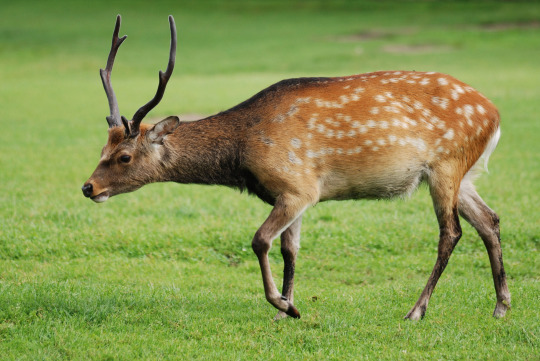
Stag sika deer in Poland. Photo by Lilly M, 2007.
Name in English: Northern spotted deer, Japanese deer, sika deer.
Name in French: Cerf sika.
Lives in: East Asia, mainly Japan. Introduced to a whole bunch of countries, including Canada, the United States, Russia, and many European countries.
Shoulder height: 0.5–1.1 m depending on sex and subspecies.
The sika deer remains spotted as an adult, whereas in most species, only fawns have spots. Its distribution is weird af: its native range is a big chunk of East Asia, but it's died out in most of it, except in Japan where it's breeding like crazy, and it has introduced breeding populations in random places. It's closely related to the red deer and they sometimes hybridise.
Fallow deer (Dama dama)

Buck fallow deer in a field in the German state of Schleswig-Holstein. Photo by Johann-Nikolaus Andreae, 2008.
Name in English: Usually simply fallow deer. European or common fallow deer to clarify.
Name in French: Daim. To clarify, daim européen.
Lives in: Native to Turkey. Introduced in most of Europe, North and South America, parts of Africa, Oceania.
Shoulder height: About 85 cm.
Another deer that stays spotted as an adult, though there are many colour variants. It too has a weird distribution. Its antlers have a broad, flat shape.
Reeves's muntjac (Muntiacus reevesi)
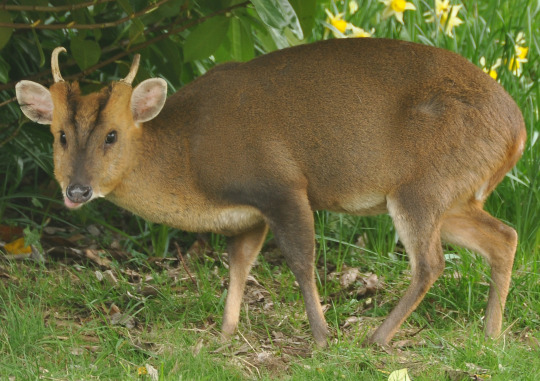
Buck Reeves's muntjac in a garden in England. Photo by Nilfanion, 2010.
Name in English: Reeves's muntjac, Chinese muntjac, barking deer. Sometimes spelt muntjak.
Name in French: Lots of different names, none of which are commonly used: muntjac de Reeves, muntjac de Chine, cerf aboyeur, cerf muntjac.
Lives in: Native to Taiwan and southeastern China. Introduced in Europe and Japan.
Shoulder height: About 50 cm.
There are many species of muntjacs, but only one has established breeding populations far enough north to make this list. All of them are small for deer and breed year-round instead of seasonally.
Bucks of all muntjac species have both tusks and antlers. The tusks are the main weapon; the antlers are short and mostly used to knock opponents out of balance and into tusk range. Fun fact: the ancestor of deer had tusks and no antlers, but true deer lost their tusks, and some lineages re-evolved them.
Roe deer (Capreolus capreolus)

Roebuck in Vaxholm, Sweden. Photo by Bengt Nyman, 2023.
Name in English: Roe or roe deer. If you're pedantic, European or western roe deer.
Name in French: Chevreuil. If you're pedantic, chevreuil d'Europe. Ambiguity warning: in Canada, chevreuil can mean the whitetail (Odocoileus virginianus).
Lives in: Europe and parts of western Asia.
Shoulder height: About 65 cm.
Roe deer use forests for cover, but often venture into open areas to graze. Outside mating season, they're solitary and territorial. The doe usually has two fawns rather than one, typically a male and a female.
Siberian roe deer (Capreolus pygargus)

Siberian roebuck at the Daursky Nature Reserve in Zabaykalsky Krai, Russia. Photo by Andrey Giljov, 2016.
Name in English: Siberian, eastern, or Asian roe deer.
Name in French: Chevreuil de Sibérie or chevreuil d'Asie.
Lives in: Take a wild guess: Asia, mainly Siberia.
Shoulder height: About 85 cm.
This species is extremely similar to the closely related western roe deer, except that it's taller and thinner, and its antlers are longer. It's named pygargus after its white rump, which the western roe deer also has, so idk man.
White-tailed deer (Odocoileus virginianus)

Buck whitetail in the United States. Photo by Scott Bauer, 2001.
Name in English: Whitetail, white-tailed deer, Virginia deer (it's not particularly Virginian but ok).
Name in French: If you're being pedantic, cerf de Virginie. In Québec, sometimes chevreuil. Ambiguity warning: in Europe, chevreuil means the roe deer (Capreolus sp.).
Lives in: North, Central, and parts of South America.
Shoulder height: Varies hugely, 0.5–1.2 m depending on subspecies.
The default North American deer. Bambi from Bambi (1942) is a whitetail.
It mostly lives at the edge of forests, often near humans. When spooked, it raises its tail, showing the white underside. This alerts other deer to danger. Litter size varies, with one, two, or three fawns.
Mule deer (Odocoileus hemionus)

Buck mule deer in the US state of Oregon. Photo from the Oregon Department of Fish & Wildlife, 2010.
Name in English: Mule deer. Some subspecies are called black-tailed deer.
Name in French: Not present in any French-speaking areas, but cerf hémione or cerf mulet.
Lives in: Western half of North America.
Shoulder height: 0.8–1 m
Named for its huge-ass ears. Litter size is usually two fawns, sometimes one. It's not very social and usually solitary, but can also form small groups. Infuriating fact: there's a subspecies called the Sitka deer after the city of Sitka (Alaska, USA), completely unrelated to the sika deer.
Reindeer (Rangifer tarandus)
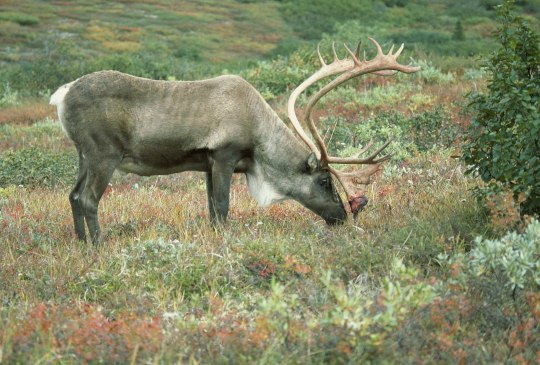
Wild bull reindeer in Alaska. Note the remains of shedding velvet on the tip of one antler. (Or don't note it, I'm not a cop.) Photo by Dave Menke, U.S. Fish and Wildlife Service, 1995.
Name in English: Reindeer or caribou. Reindeer is more common in Europe, caribou in North America. Some people use reindeer for domestic subspecies and caribou for wild ones.
Name in French: Renne or caribou, with roughly the same usage patterns.
Lives in: Canada, Siberia, extreme north of Europe.
Shoulder height: Varies hugely by subspecies, 0.8–1.5 m.
Reindeer live in large herds. Different subspecies migrate very long distances, short distances from mountain in summer to lowlands in winter, or not at all.
They have the biggest antlers of all deer, relative to body size. Females also have antlers, which they use to compete over food during pregnancy. They lose their antlers after calving, later in the year than males.
All societies around the north pole heavily herd or hunt reindeer, and often portray them in art and culture.
Moose (Alces alces)
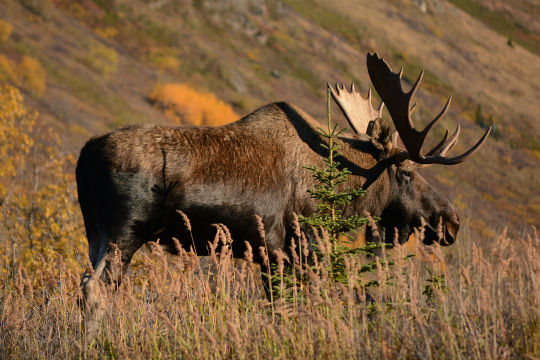
Bull moose in Alaska. Photo by Paxson Woelber, 2014.
Name in English: In Europe, elk. In North America, moose. Ambiguity warning: in North America, elk usually means wapiti (Cervus canadensis).
Name in French: Exactly the same problem. In Europe, élan. In North America, orignal (you are contractually obligated to make an orignal/original pun). Ambiguity warning: in North America, élan usually means wapiti (Cervus canadensis).
Lives in: All around the north pole: Canada and small parts of the northern US, northern Europe, Siberia.
Shoulder height: 1.5–2 m, by far the biggest deer.
Moose are good swimmers and browse for aquatic plants. Their oddly-shaped nose gives them an excellent sense of smell, and their long legs allow them to walk through snow easily. They're mostly solitary outside mating season. They usually have one calf, but twins are very common when food is plentiful.
Siberian musk deer (Moschus moschiferus) (not a deer)
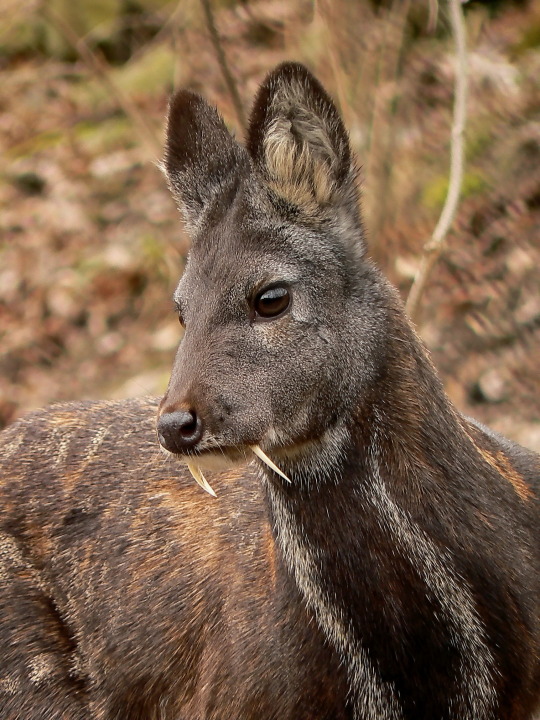
Male Siberian musk deer at a zoo in Plzeň, Czechia. Photo by Николай Усик (Nicolai Usik), 2011.
Name in English: No really common name, just Siberian musk deer.
Name in French: No really common name, just porte-musc de Sibérie.
Lives in: Far east Asia: Korea, eastern Siberia, Mongolia, northeastern China.
Shoulder height: About 50 cm.
Musk deer are not true deer; they're more closely related to cows. There are seven species, living mostly in South Asia. None have antlers or horns, and males of all species have tusks.
Siberian musk deer are solitary and territorial. They live in sloped taiga, are nocturnal, and mainly eat lichen. Females are larger than males, for once. Litter size varies, with one, two, or three young.
Males have a gland in their schlong that makes musk, a scented substance used in perfumes and traditional medicine. They are poached for their musk and musk glands, making the species vulnerable.
Family tree of all the guys above
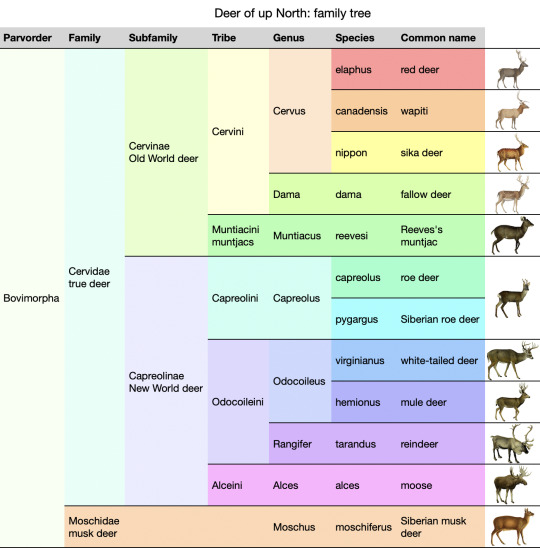
Family tree of these 12 deer. Note that the "Old World" and "New World" names for the two subfamilies are kinda fake and gay: wapiti live in the New World; roe deer live in the Old World but are the poster child of the New World family; reindeer and moose live in both.
Other cool deer include the many deer of the Indian subcontinent, like the sambar (Rusa unicolor), and the small deer of South America, like the pudu (Pudu sp). Other cool non-deer include the tiny adorable mouse-deer (chevrotains, Tragulidae).
#taxonomy#effortpost#deer#Cervidae#Ruminantia#Artiodactyla#ungulate#mammal#Mammalia#this is largely a note to self#long post cw#very long post cw
0 notes
Text

福岡の動物園にちょこっと寄れたのでアラビアオリックスを見なきゃと思って小走りでまわったけど、このツシマジカも同じくらい珍しいかも。そんな感じはしないけど。
@福岡市動物園
The Tsushima deer is a rare deer that lives only in Tsushima, Japan, and is not often kept in Japanese zoos.
It is not very unusual looking.
@Fukuoka City Zoological Garden
16 notes
·
View notes
Text
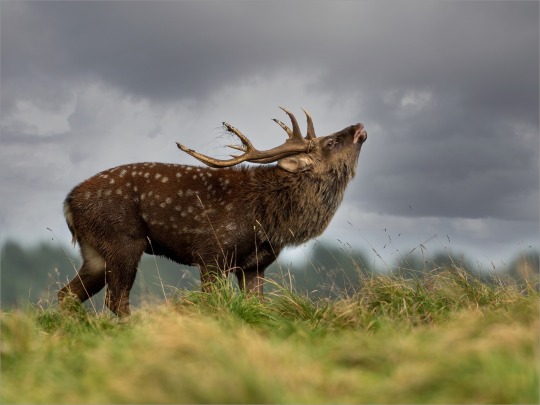
Sika Cervus nippon
Observed by stproc, CC BY-NC
52 notes
·
View notes
Photo

Sika deer.
50 notes
·
View notes
